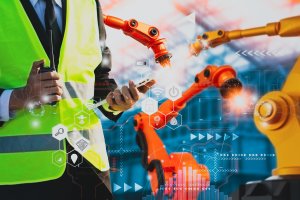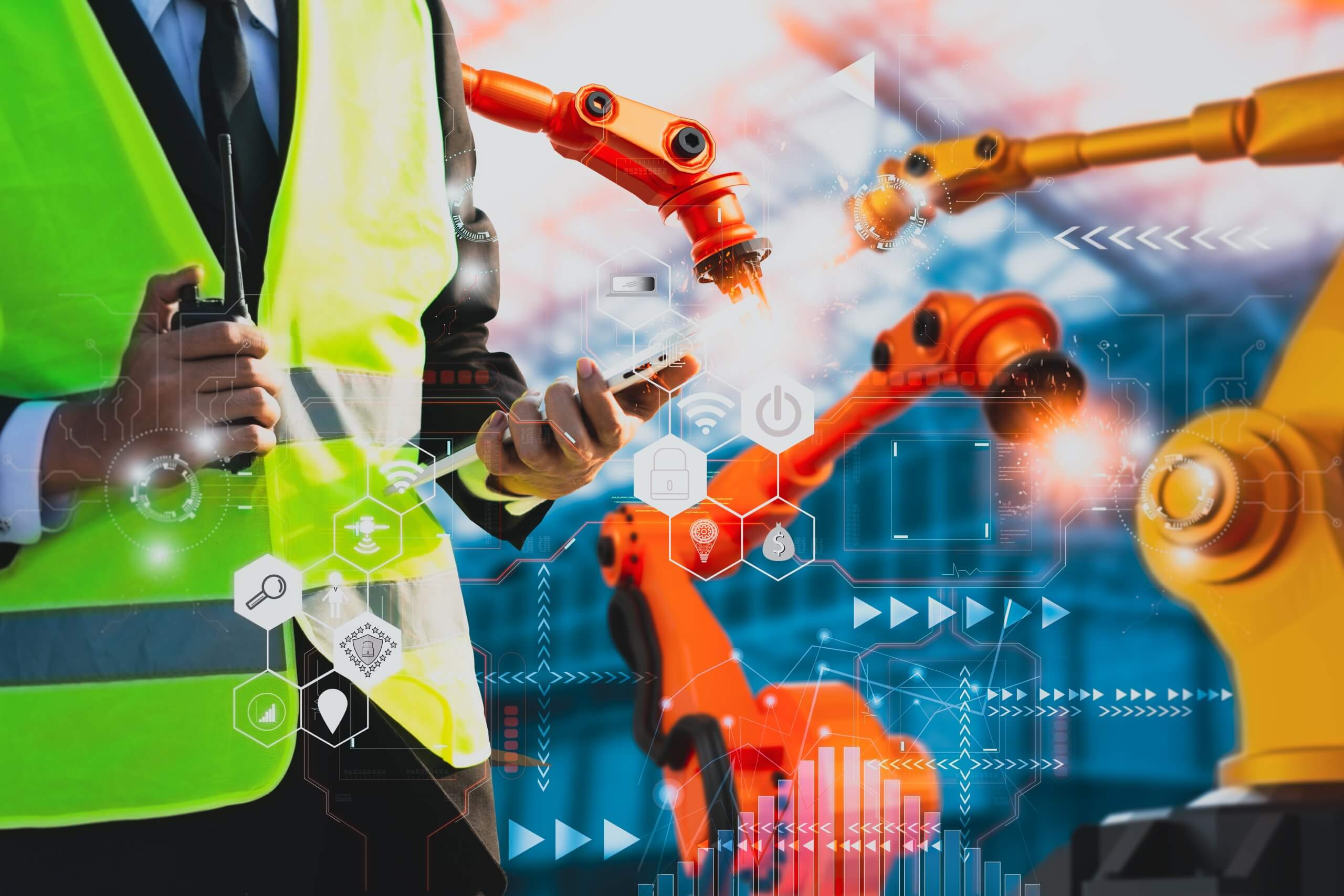
Innovation and technology continue to shape and redefine industries, and construction is no exception. One of the game-changing advancements making waves in the field is self-driving equipment. This article explores whether autonomous equipment might indeed be the future of the construction industry.
Invasion of the Autonomous Machines
The concept of self-driving equipment is no longer a futuristic vision; it’s a reality. Construction sites are increasingly seeing the integration of autonomous machinery, ranging from excavators to bulldozers. This technology, initially seen as disruptive, has rapidly emerged as a promising solution to enhance productivity, safety, and efficiency in the industry.
Addressing the Labor Shortage Dilemma
One of the most pressing issues in the construction sector is the persistent labor shortage. With self-driving equipment, this problem could be alleviated. Autonomous machinery can perform various tasks with precision and consistency, reducing the dependency on manual labor and helping overcome labor shortages.
Safety and Efficiency Take Center Stage
Safety is a primary concern in any construction environment. Self-driving equipment minimizes the risks associated with operating heavy machinery, potentially reducing accidents and injuries on construction sites. In terms of efficiency, autonomous machinery can operate continuously without breaks, thereby accelerating project timelines.
Cost Implications and Operational Efficiency
While the upfront costs of autonomous equipment may be high, long-term savings can outweigh the initial investment. Reduced labor costs, increased efficiency, and the potential for lower insurance premiums due to enhanced safety make autonomous equipment a financially viable option in the long run. Operational efficiency also improves, as autonomous machines can perform tasks accurately, reduce errors, and minimize rework.
Navigating the Challenges
Despite the advantages, challenges exist. For instance, adopting self-driving equipment requires a significant shift in traditional practices. Workforces need to be retrained to manage and maintain these machines, and regulatory standards for autonomous machinery are still in development. However, as the technology continues to advance and regulations evolve, these challenges are likely to be addressed.
The Propane Advantage
Propane, a clean and efficient energy source, has a pivotal role to play in this transition. Propane-powered autonomous equipment can provide a reliable, cost-effective, and environmentally-friendly solution for construction operations. Furthermore, propane infrastructure is already well-established, making it a practical choice for fueling the future of construction.
Looking Forward
In conclusion, the adoption of self-driving equipment is more than just a trend; it’s the harbinger of a new era in construction. While it’s not without its challenges, the potential benefits are immense. As we journey towards an autonomous future, embracing change and innovation will be key to remaining competitive in the ever-evolving construction industry.

